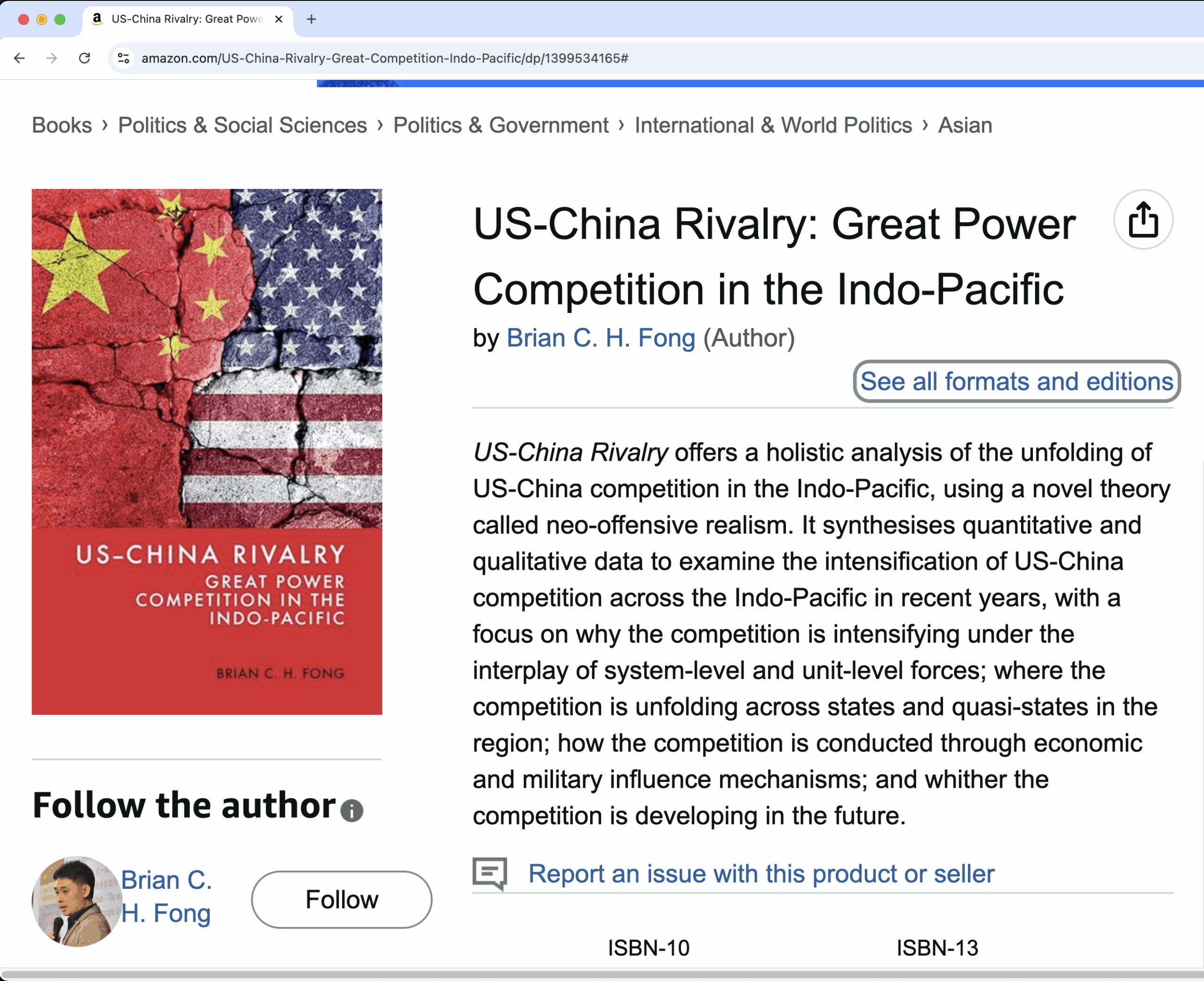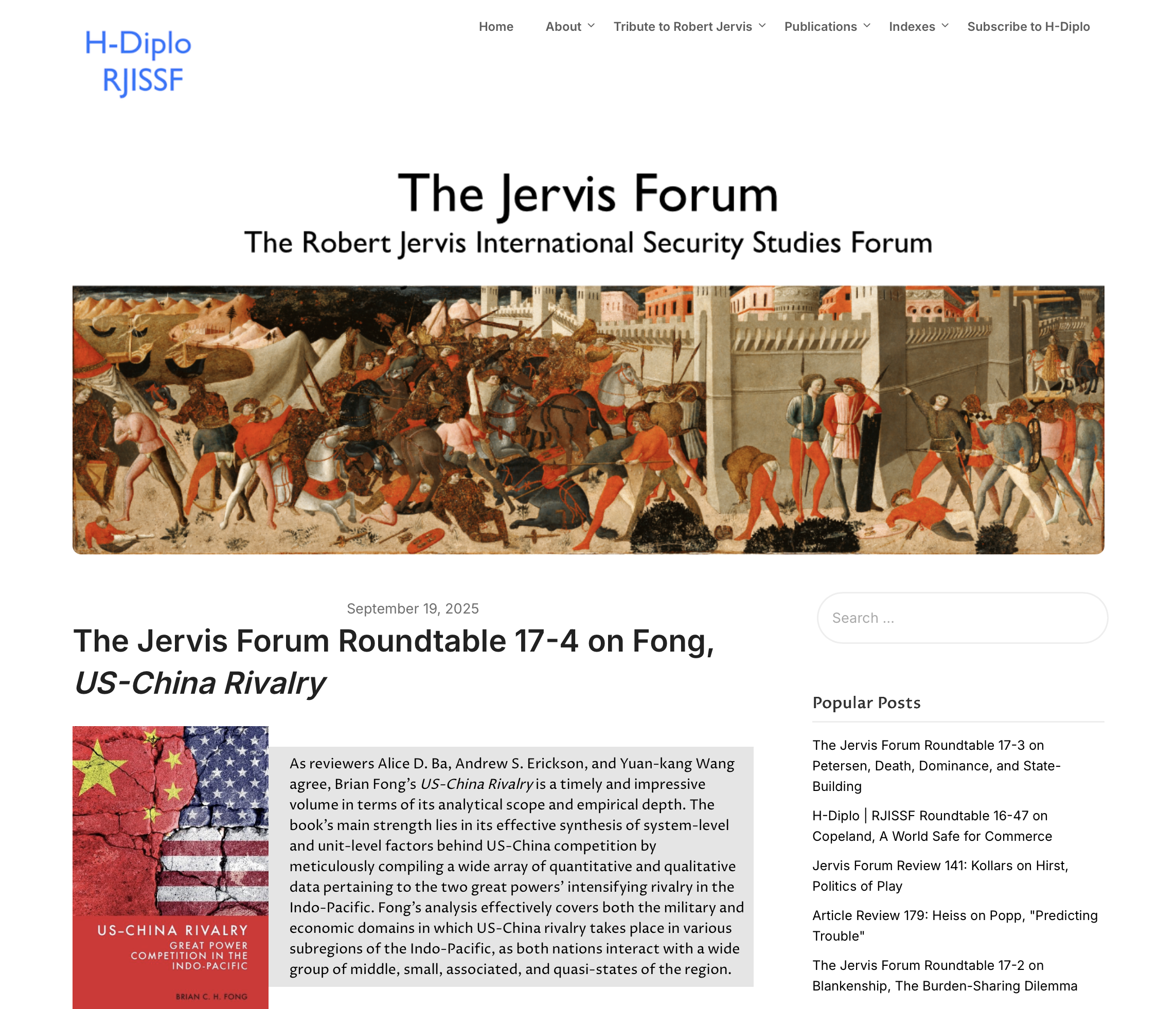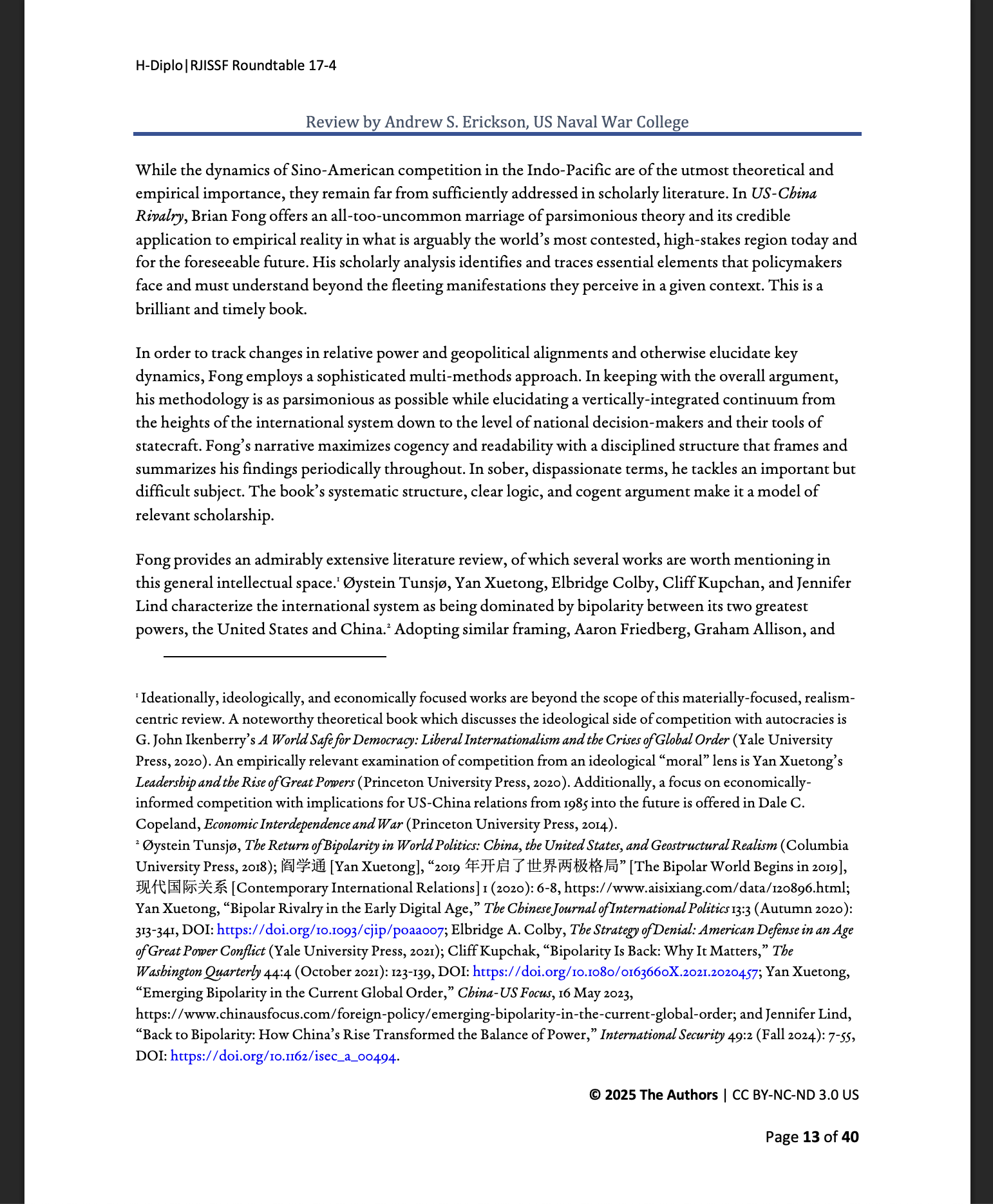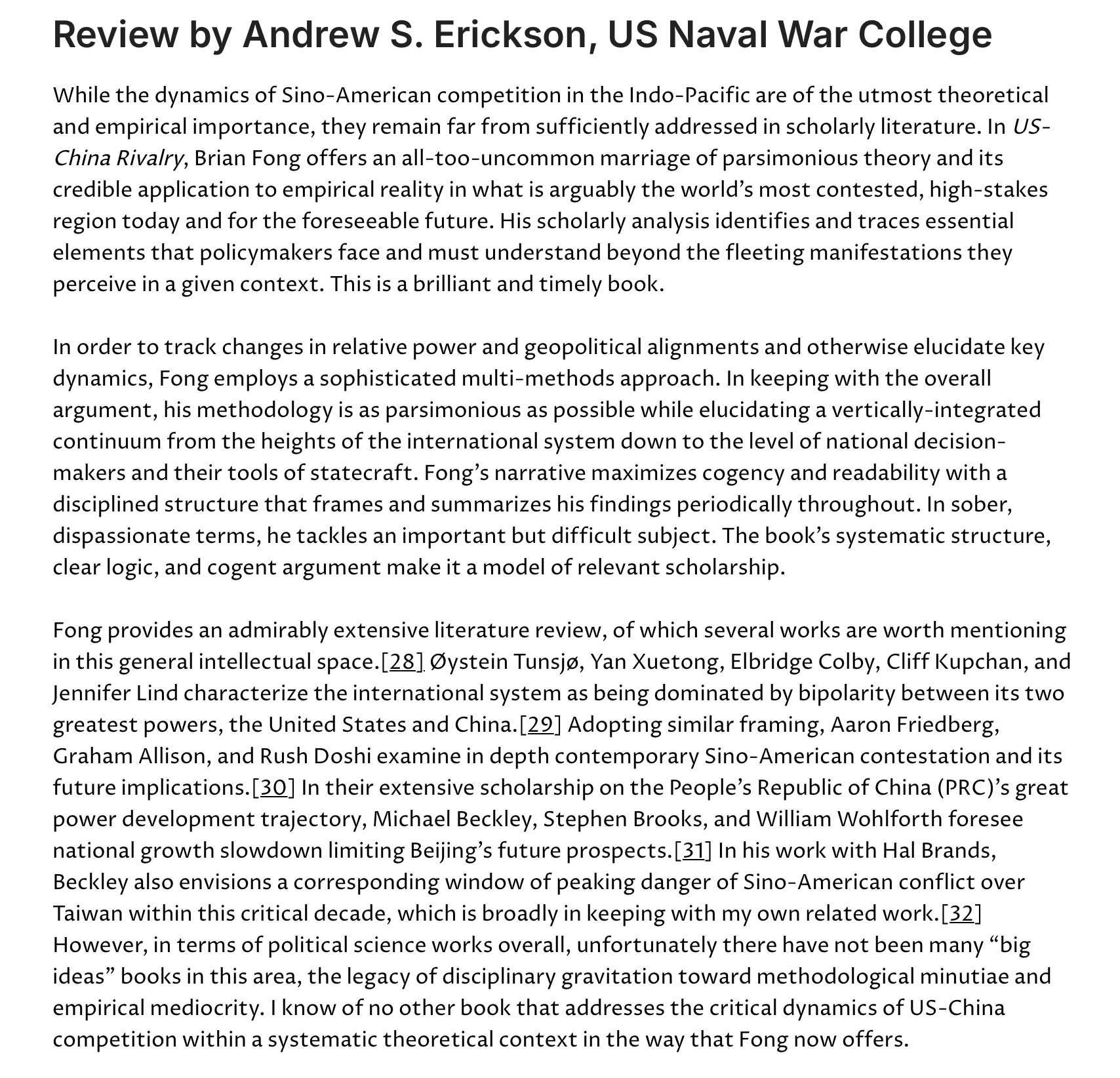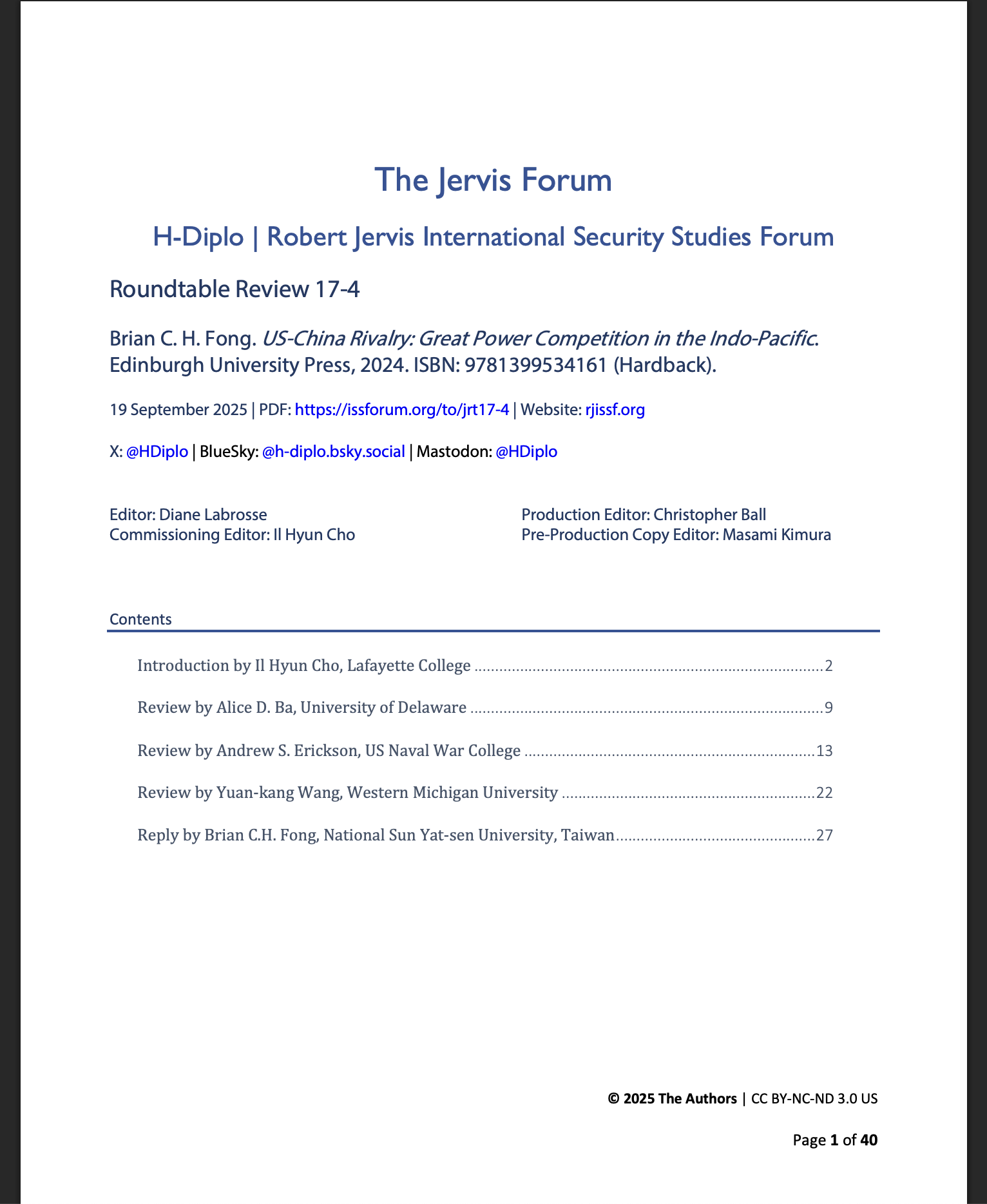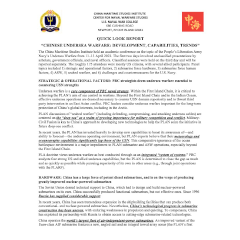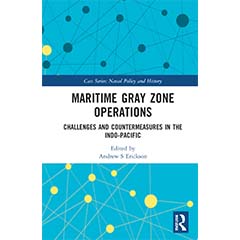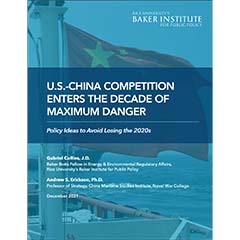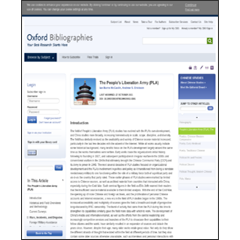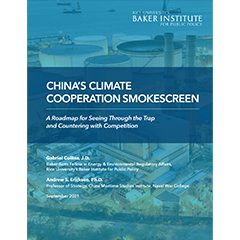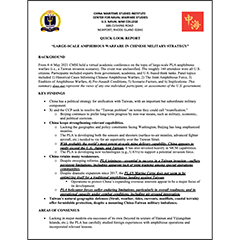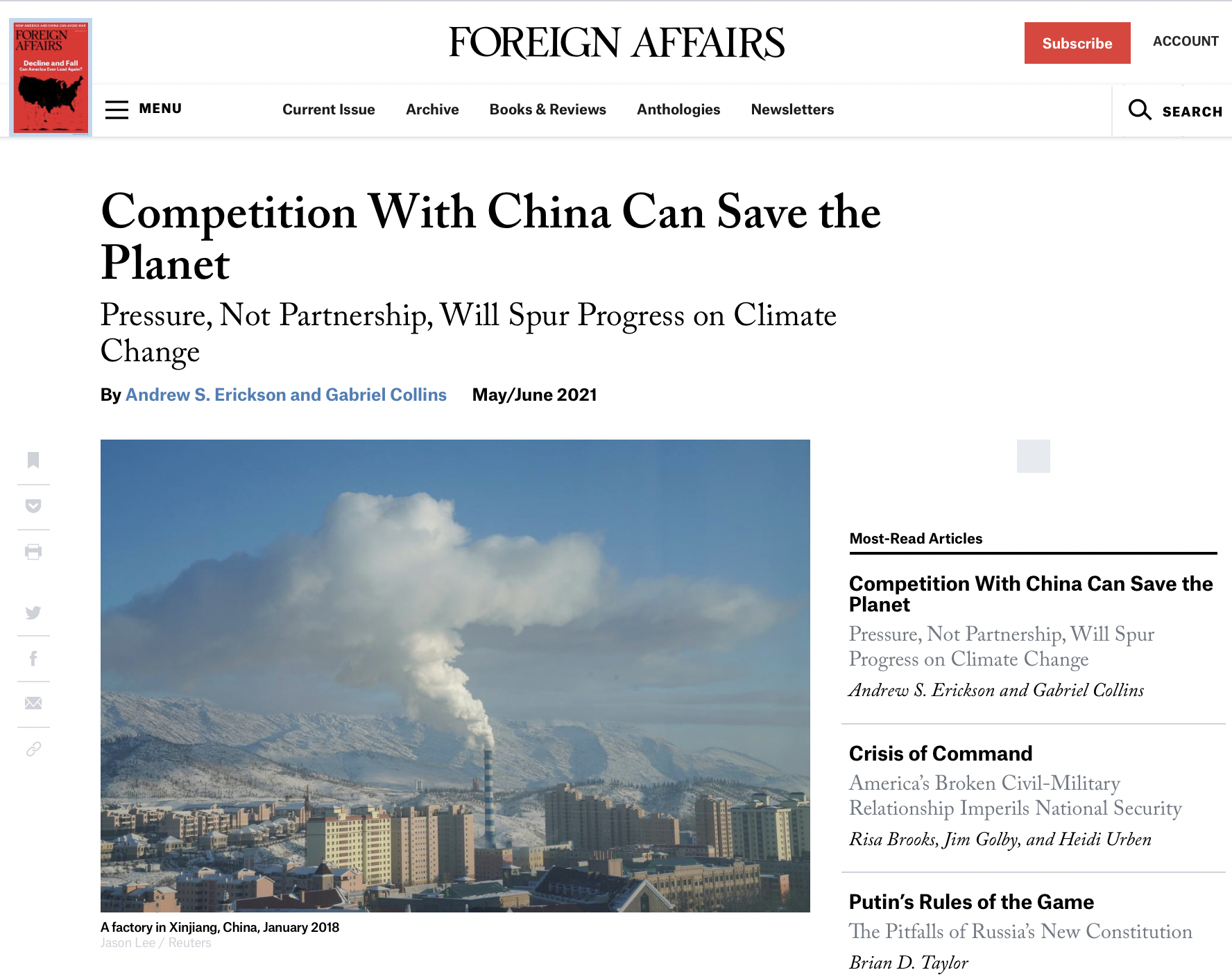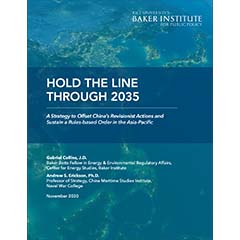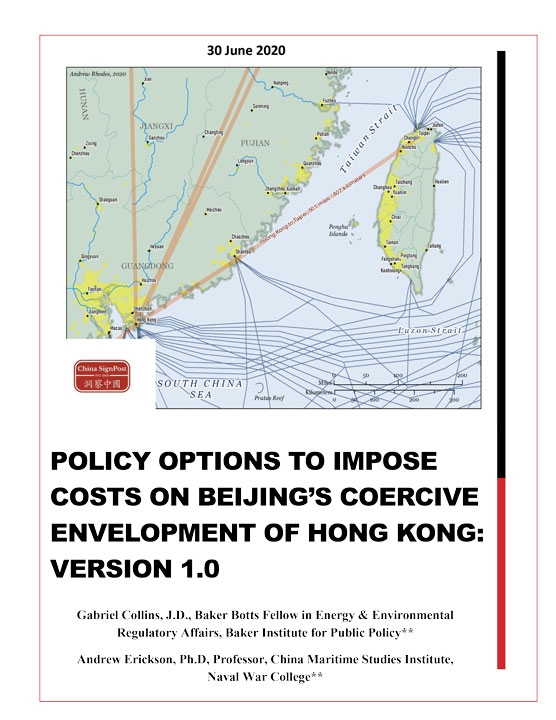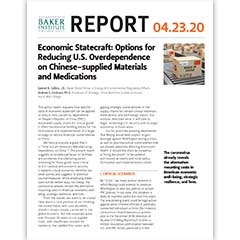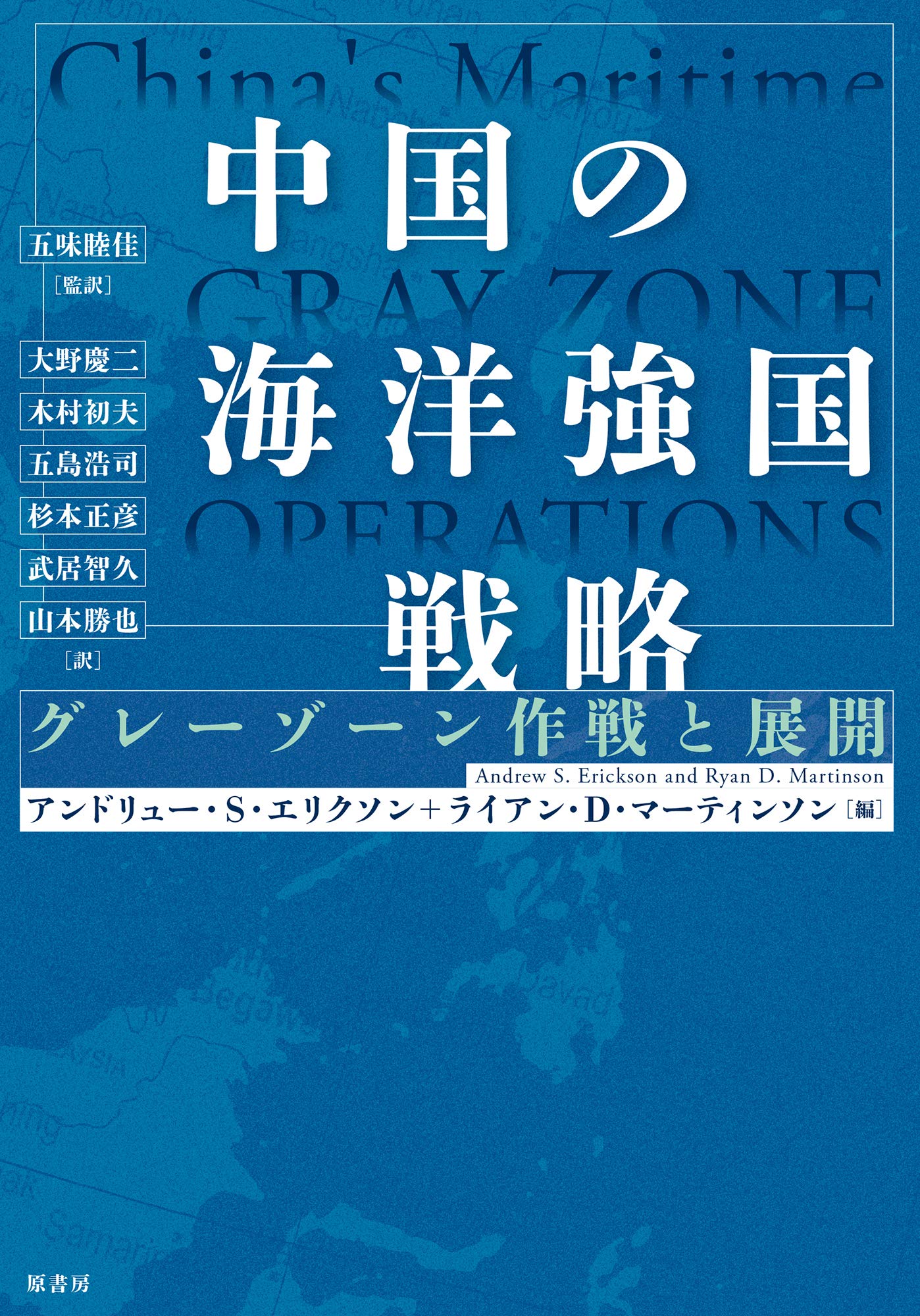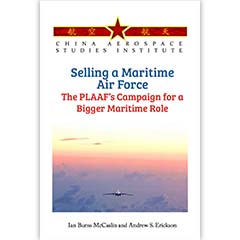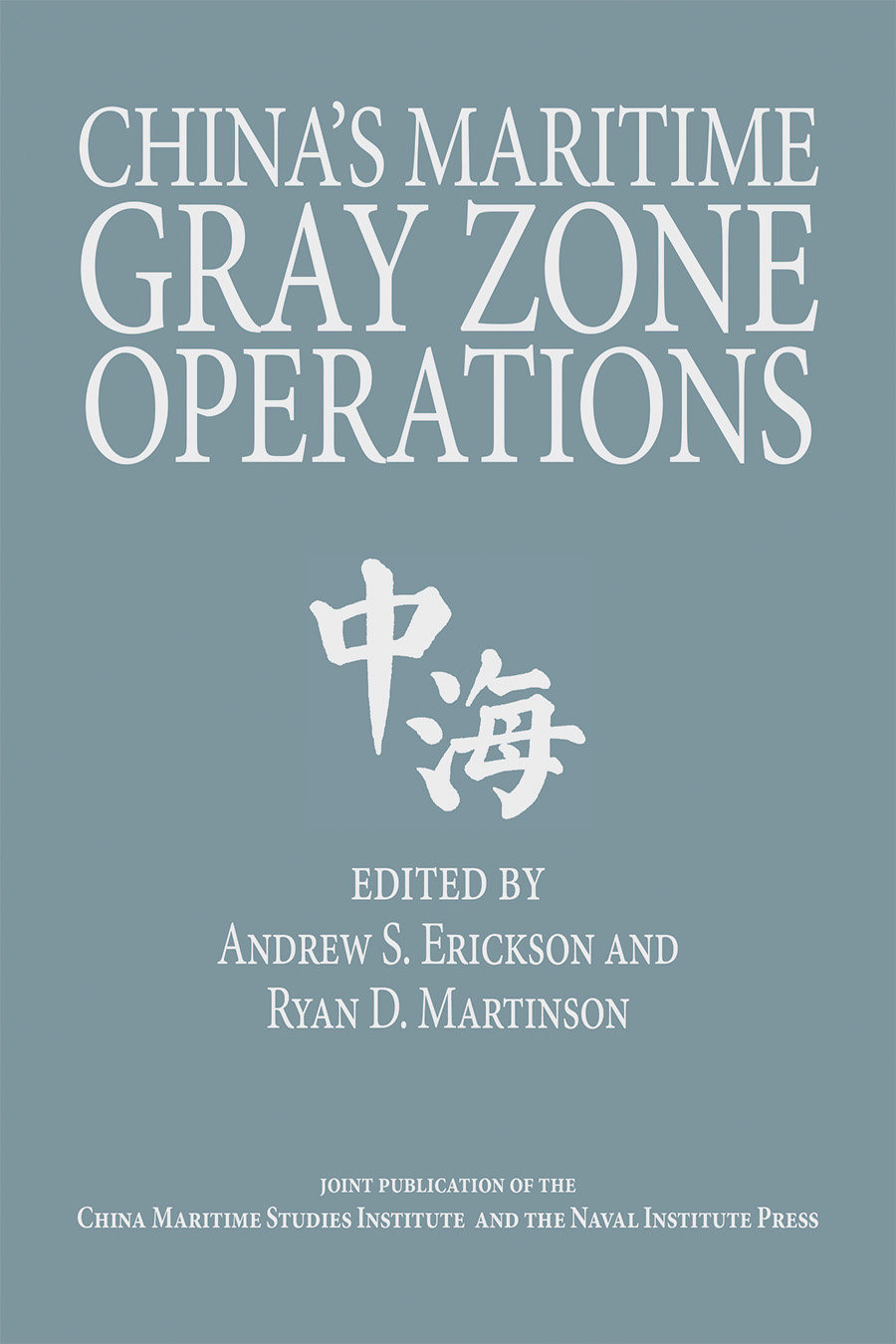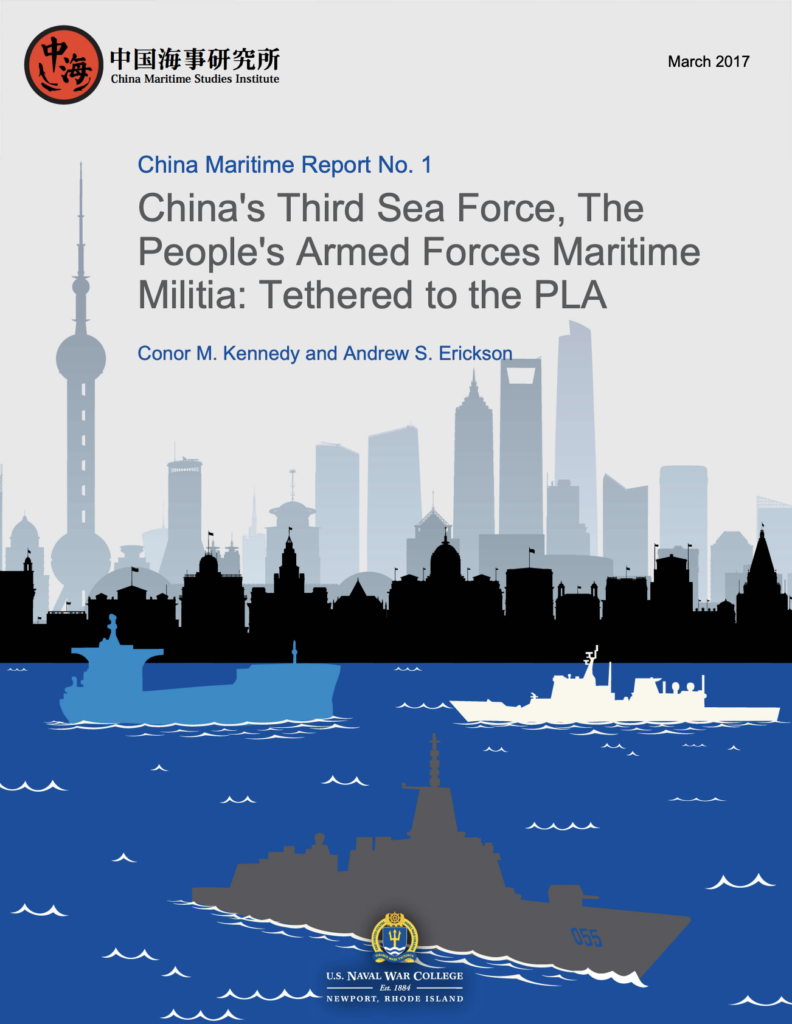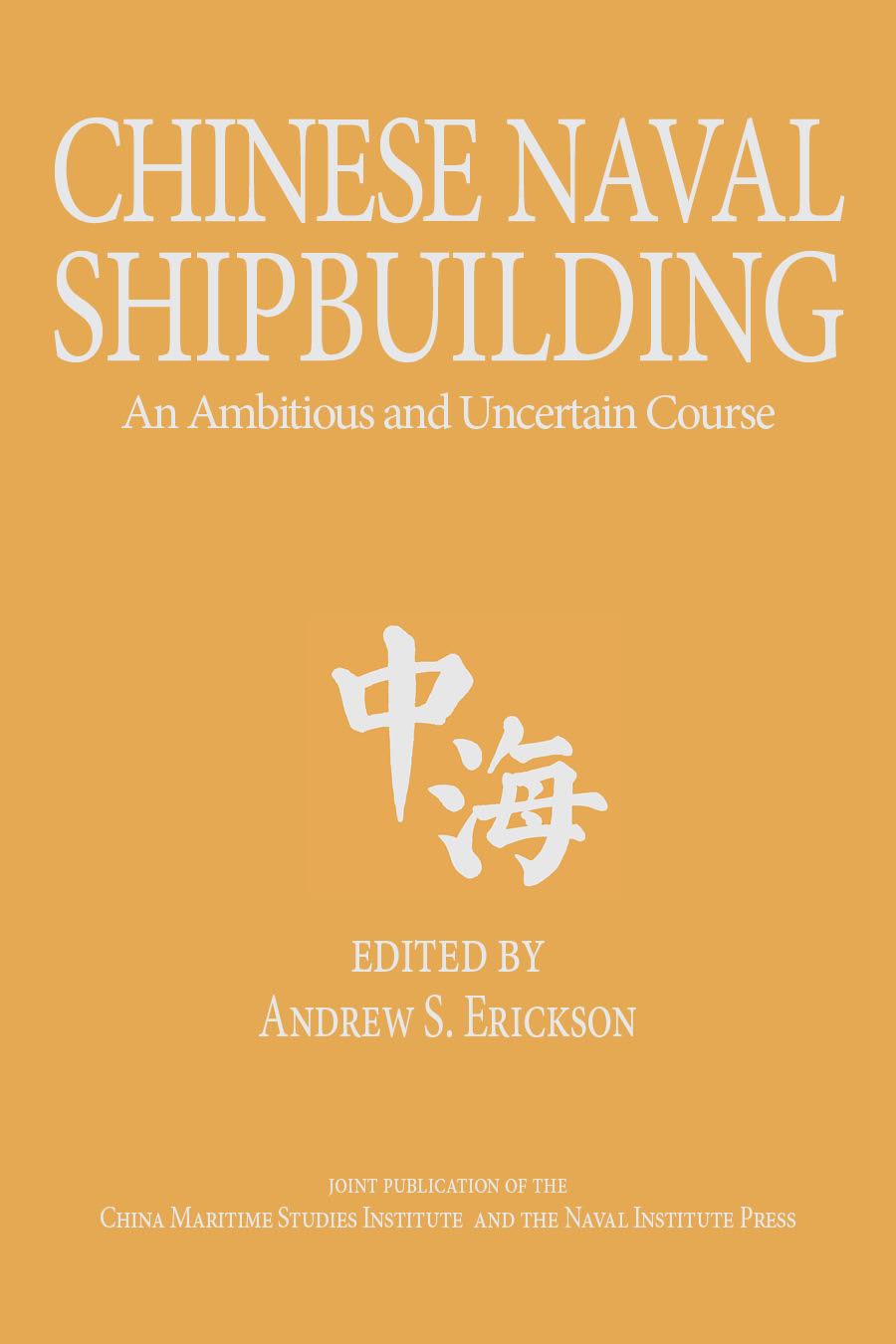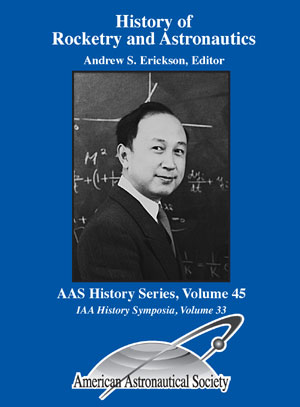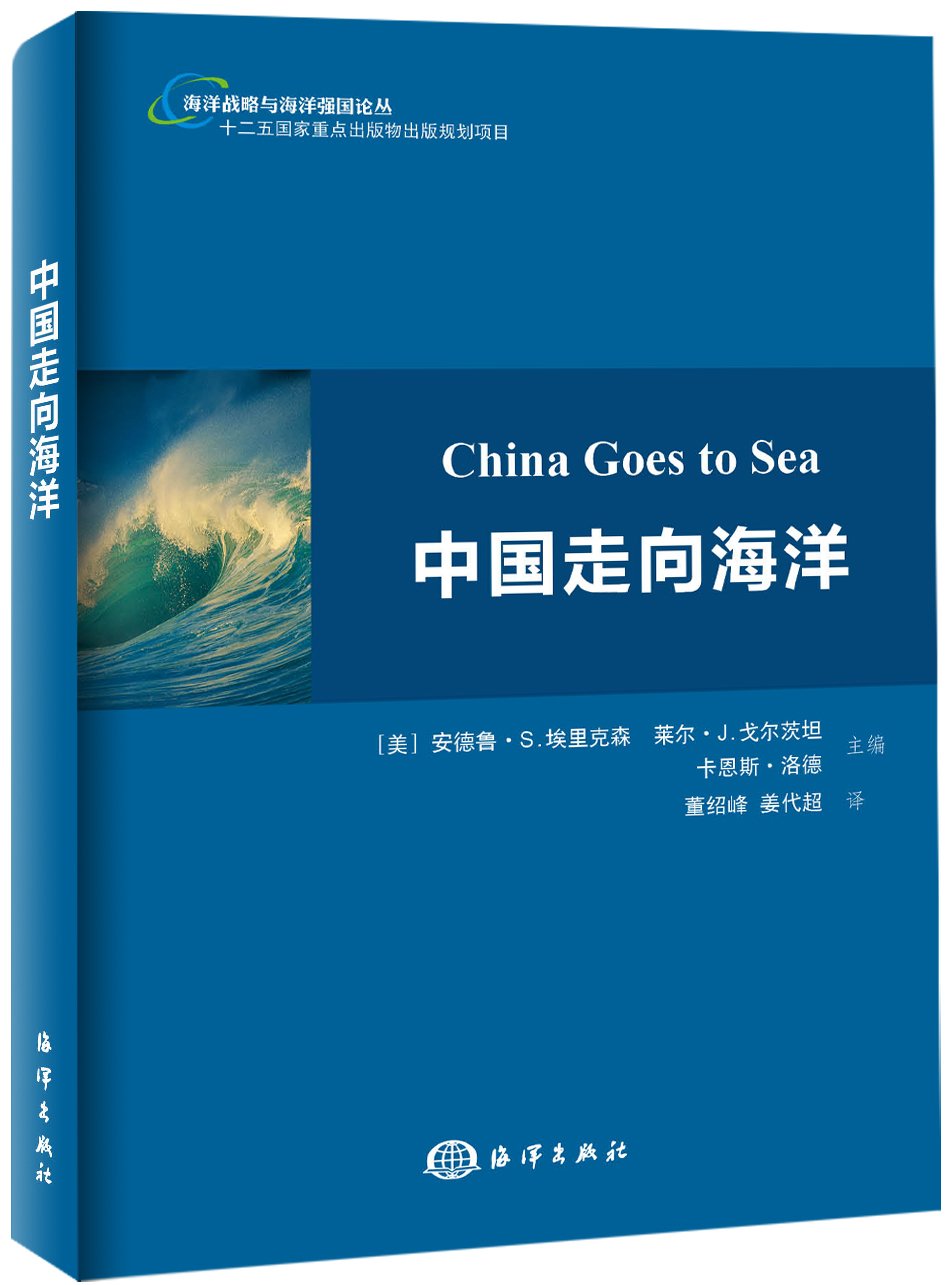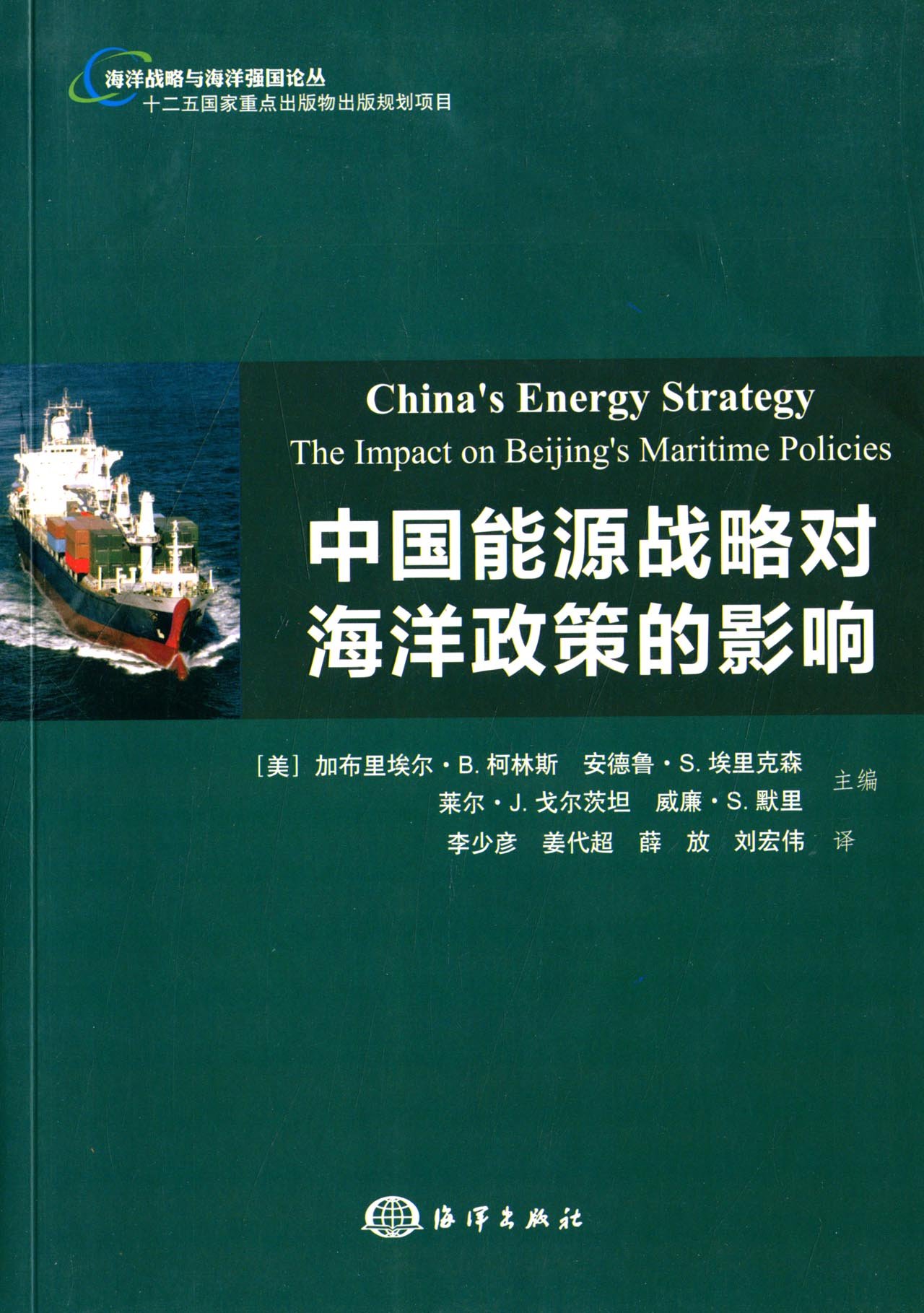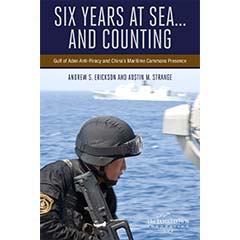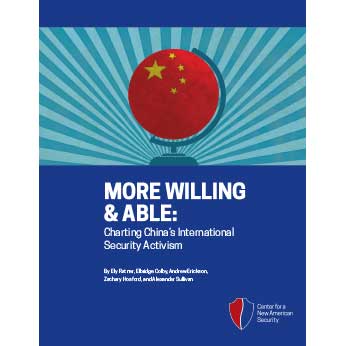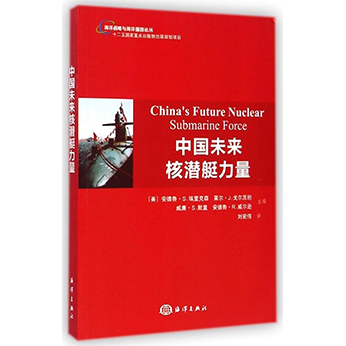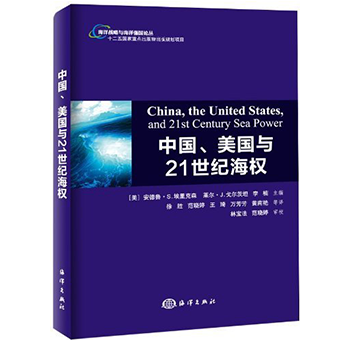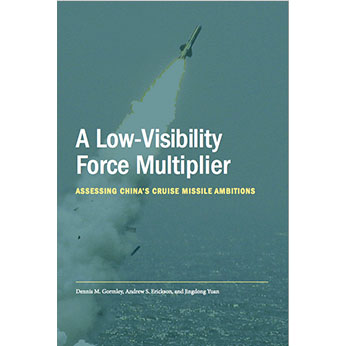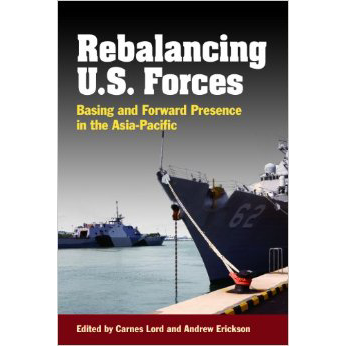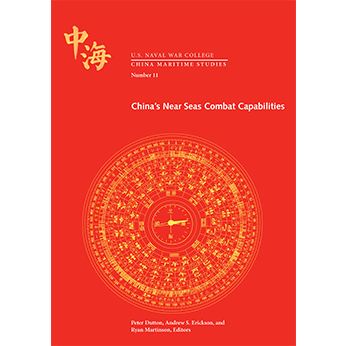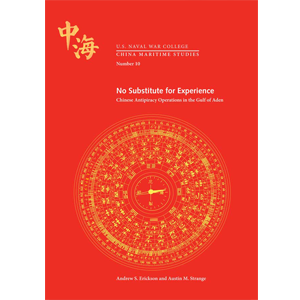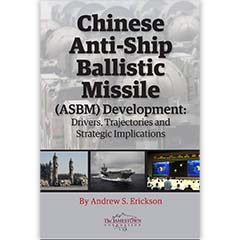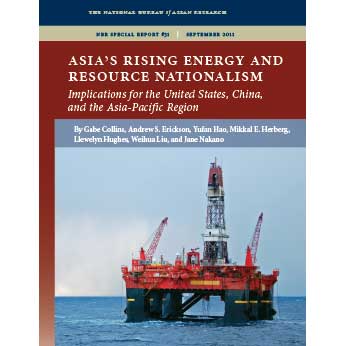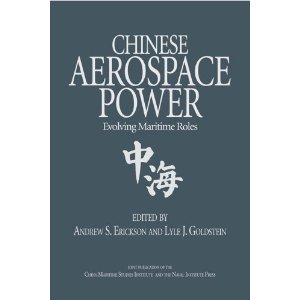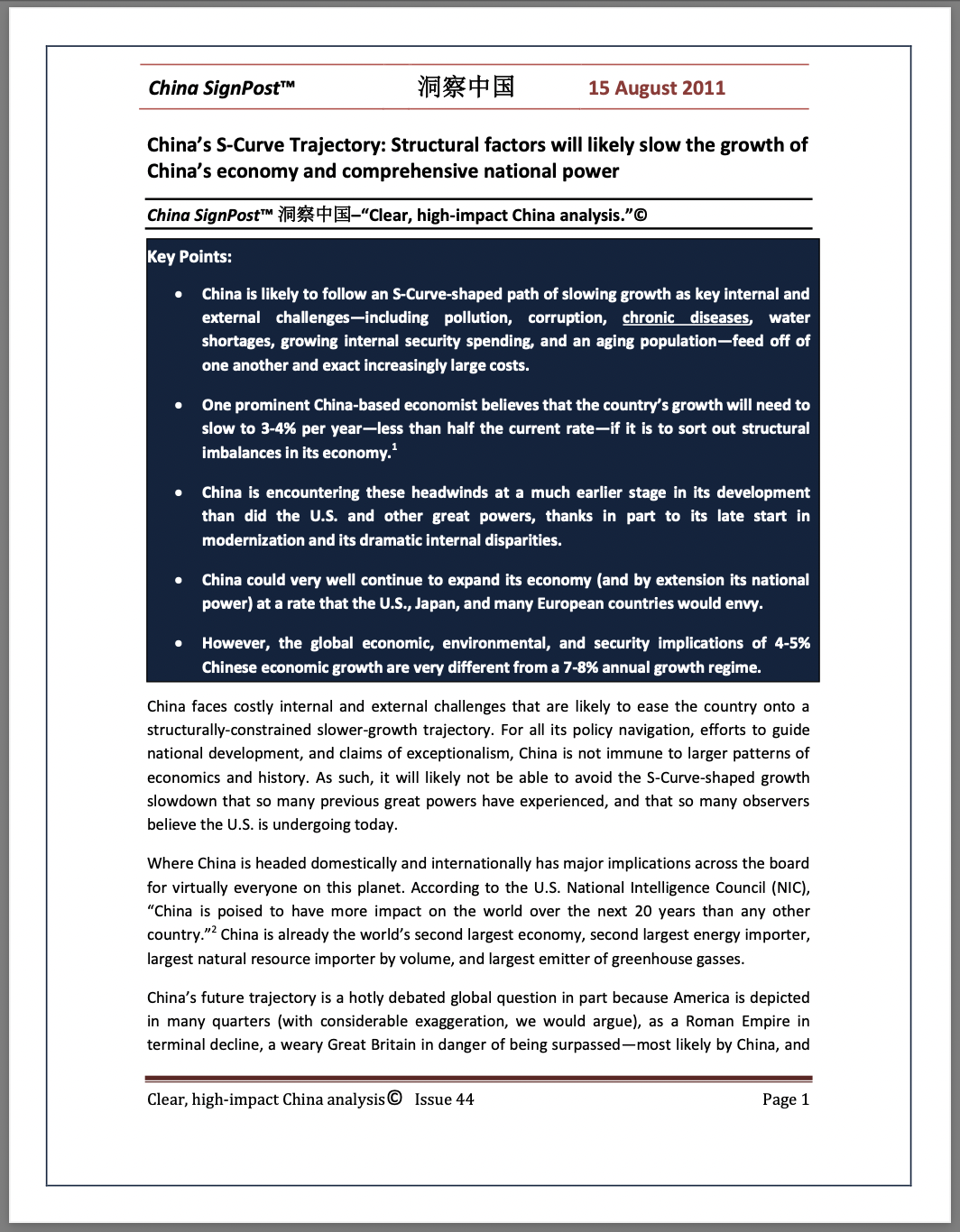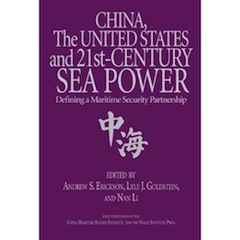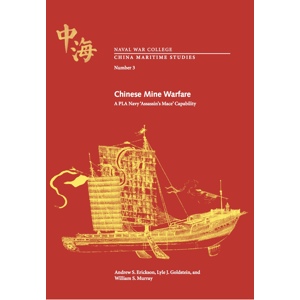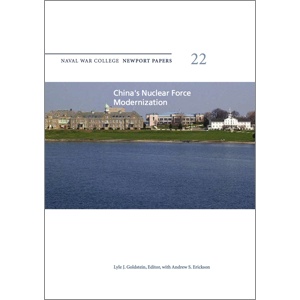Honored to Contribute! H-Diplo’s Robert Jervis International Security Studies Forum Review Roundtable 17-4 on Fong, US-China Rivalry
Andrew S. Erickson, Review of Brian C.H. Fong, U.S.-China Rivalry: Great Power Competition in the Indo-Pacific (Edinburgh, Scotland, UK: Edinburgh University Press, November 2024), 13–21; in Il Hyun Cho, ed., “The Jervis Forum Roundtable 17-4 on Fong, US-China Rivalry,” H-Diplo Robert Jervis International Security Studies Forum Review Roundtable with Alice D. Ba, Andrew S. Erickson, Yuan-kang Wang, and reply by Brian C. H. Fong, 19 September 2025, 1–40.
“Brian Fong offers an all-too-uncommon marriage of parsimonious theory and its credible application to empirical reality in what is arguably the world’s most contested, high-stakes region today and for the foreseeable future. His scholarly analysis identifies and traces essential elements that policy-makers face and must understand beyond the fleeting manifestations they perceive in a given context. This is a brilliant and timely book.”
— Andrew S. Erickson ― Professor of Strategy, China Maritime Studies Institute, U.S. Naval War College
The Jervis Forum Roundtable 17-4 on Fong, US-China Rivalry
H-Diplo | Robert Jervis International Security Studies Forum
Brian C. H. Fong. US-China Rivalry: Great Power Competition in the Indo-Pacific. Edinburgh University Press, 2024. ISBN: 9781399534161 (Hardback).
19 September 2025 | PDF: https://issforum.org/to/jrt17-4 | Website: rjissf.org
Editor: Diane Labrosse
Commissioning Editor: Il Hyun Cho
Production Editor: Christopher Ball
Pre-Production Copy Editor: Masami Kimura
Review by Andrew S. Erickson, US Naval War College
While the dynamics of Sino-American competition in the Indo-Pacific are of the utmost theoretical and empirical importance, they remain far from sufficiently addressed in scholarly literature. In US-China Rivalry, Brian Fong offers an all-too-uncommon marriage of parsimonious theory and its credible application to empirical reality in what is arguably the world’s most contested, high-stakes region today and for the foreseeable future. His scholarly analysis identifies and traces essential elements that policymakers face and must understand beyond the fleeting manifestations they perceive in a given context. This is a brilliant and timely book.
In order to track changes in relative power and geopolitical alignments and otherwise elucidate key dynamics, Fong employs a sophisticated multi-methods approach. In keeping with the overall argument, his methodology is as parsimonious as possible while elucidating a vertically-integrated continuum from the heights of the international system down to the level of national decision-makers and their tools of statecraft. Fong’s narrative maximizes cogency and readability with a disciplined structure that frames and summarizes his findings periodically throughout. In sober, dispassionate terms, he tackles an important but difficult subject. The book’s systematic structure, clear logic, and cogent argument make it a model of relevant scholarship.
Fong provides an admirably extensive literature review, of which several works are worth mentioning in this general intellectual space.[28] Øystein Tunsjø, Yan Xuetong, Elbridge Colby, Cliff Kupchan, and Jennifer Lind characterize the international system as being dominated by bipolarity between its two greatest powers, the United States and China.[29] Adopting similar framing, Aaron Friedberg, Graham Allison, and Rush Doshi examine in depth contemporary Sino-American contestation and its future implications.[30] In their extensive scholarship on the People’s Republic of China (PRC)’s great power development trajectory, Michael Beckley, Stephen Brooks, and William Wohlforth foresee national growth slowdown limiting Beijing’s future prospects.[31] In his work with Hal Brands, Beckley also envisions a corresponding window of peaking danger of Sino-American conflict over Taiwan within this critical decade, which is broadly in keeping with my own related work.[32] However, in terms of political science works overall, unfortunately there have not been many “big ideas” books in this area, the legacy of disciplinary gravitation toward methodological minutiae and empirical mediocrity. I know of no other book that addresses the critical dynamics of US-China competition within a systematic theoretical context in the way that Fong now offers. … … …
In sum, Fong’s book is political science at its best: it addresses the most important questions by employing logical theory to understand empirical reality. The textbook format should ensure its inclusion in a variety of advanced undergraduate and graduate courses. Fong’s contribution belongs with the rare works that combine political-science rigor with area-studies precision, as seen in such pathbreaking classics as Ja Ian Chong’s External Intervention and the Politics of State Formation: China, Indonesia, and Thailand, 1893–1952,[44]Graham Allison’s Essence of Decision: Explaining the Cuban Missile Crisis,[45] and Yuen Foong Khong’s Analogies at War: Korea, Munich, Dien Bien Phu, and the Vietnam Decisions of 1965.[46]
Introduction by Il Hyun Cho, Lafayette College
As reviewers Alice D. Ba, Andrew S. Erickson, and Yuan-kang Wang agree, Brian Fong’s US-China Rivalry is a timely and impressive volume in terms of its analytical scope and empirical depth. The book’s main strength lies in its effective synthesis of system-level and unit-level factors behind US-China competition by meticulously compiling a wide array of quantitative and qualitative data pertaining to the two great powers’ intensifying rivalry in the Indo-Pacific. Fong’s analysis effectively covers both the military and economic domains in which US-China rivalry takes place in various subregions of the Indo-Pacific, as both nations interact with a wide group of middle, small, associated, and quasi-states of the region. …
All three reviewers of the book praise the book’s timeliness and relevance while making different assessments of the book’s contributions and limitations. They speak highly of Fong’s effective combination of theoretical rigor and rich empirical analysis of great power competition in a highly consequential region of the world. Andrew Erickson admires “an all-too-uncommon marriage of parsimonious theory and its credible application to empirical reality” in Fong’s analysis. …
As for a balance between analytical rigor and explanatory power, Ba and Erickson commend Fong’s conceptual move to build on offensive realism by bringing in unit-level factors. In particular, Ba appreciates Fong’s addition of “complexity and layers to offensive realism.” Erickson similarly observes that Fong’s neo-offensive realism goes beyond John Mearsheimer’s “parsimonious but austere” offensive realism. …
With respect to the causal mechanism of US-China Rivalry, the reviewers differ in their overall assessments. In keeping with the steadfast focus on structural realism in his review, Wang takes issue with the causal significance of unit-level factors as intervening variables. By contrast, Erickson and Ba raise questions about factors that may influence the book’s dependent variables. While Erickson praises Fong’s candid acknowledgement of his conceptual limitations in capturing specific unit-level factors, he believes that Fong is too “pessimistic” about the US ability to work with allies and partners, given “the highly consequential factors of China’s demographic and economic megatrends.” Erickson’s point about China’s worsening internal circumstances is justifiable considering their likely effects on Beijing’s relative power vis-à-vis Washington and their potential for influencing balancing dynamics in the Indo-Pacific.
For her part, Ba brings up the reasons for, and the effectiveness of, specific “influence mechanisms” adopted by the two great powers in the region. In contrast to Erickson’s discussion of various challenges the Chinese government is facing, Ba considers an array of pitfalls the US government is likely to grapple with. …
… As Erickson and Ba point out, however, leaving out the possible sources of great power decline (e.g., Chinese internal challenges or America’s regional influence) in the name of upholding the analytical scope of the book may be a pyrrhic victory. …
… In the end, Erickson is right when he describes Fong’s book as “political science at its best: it addresses the most important questions by employing logical theory to understand empirical reality.” The well-timed and meticulously researched volume should be read widely.
Reply by Brian C.H. Fong, National Sun Yat-sen University, Taiwan
“The highest compliment one scholar can pay another is to engage with his or her work in a thoughtful manner,” John J. Mearsheimer once wrote.[55] Therefore, I am deeply honored to have had my book reviewed by three distinguished scholars, Alice D. Ba, Andrew S. Erickson, and Yuan-kang Wang.
US-China Rivalry, is the first one that I have published with the Edinburgh University Press; two others, titled US-EU-Russia Rivalry and China and Russia, will follow. Together, the three volumes will form a “Trilogy of Great Power Competition.” …
…I do not agree that this state-centric logic can still stand in the twenty-first century great power politics. The reason is simple, as I state in the book: “it is doubtful how international relations scholars can capture world politics today if they continue to ignore the critical importance of quasi-states—such as Micronesia, Marshall Islands, Palau, Bhutan (all being associated states), Taiwan, Kosovo, Abkhazia, South Ossetia, Transnistria (all being contested states), Hong Kong, Greenland and Faroe Islands (all being territorial autonomies)—as domains of great power competition” (26). In my view, the empirical richness that I can “gain” (by bringing in quasi-states) far outweighs the “loss” in theoretical elegance (by increasing the number of units of analysis). Concurrently, I believe that going beyond state centrism will not shake the core foundation of structural realism and offensive realism as outside-in, structure-based theories. Erickson’s comments on my analysis of Hong Kong and Taiwan prove that my bet has paid off. He writes that “Hong Kong offers a revealing but extremely under-studied example of an ever-less-autonomous port-polis,” and that “Fong’s coverage of Taiwan … offers unusual scholarly consideration of a complex polity, which is inherently important but all-too-under-covered in political science literature.” …
… The second strand of comments by the reviewers is closely related to the discussion of what exactly are the independent and dependent variables of neo-offensive realism. For instance, Erickson posits that neo-offensive realism does not specify the causal drivers that may constrain China’s future relative power. He argues that neo-offensive realism fails to “address in detail what can be assessed to be already-mounting constraints and headwinds regarding the highly consequential factors of China’s demographic and economic megatrends.” …
…I spelt out clearly in the book that I am not attempting to study what causes system-level forces (relative power distribution across states) to change as a dependent variable. Erickson notes that “neo-offensive realism itself does not provide an answer on why relative power distribution may change over time … it cannot explain and predict the rise and fall of a particular great power” (37-38). It is in this context I argue that “neo-offensive realism could be best supplemented by power transition realism” (37-38), because the latter is much better placed than the former in explaining the rise and fall of great powers according to its theorization of different growth patterns. … … …

